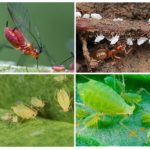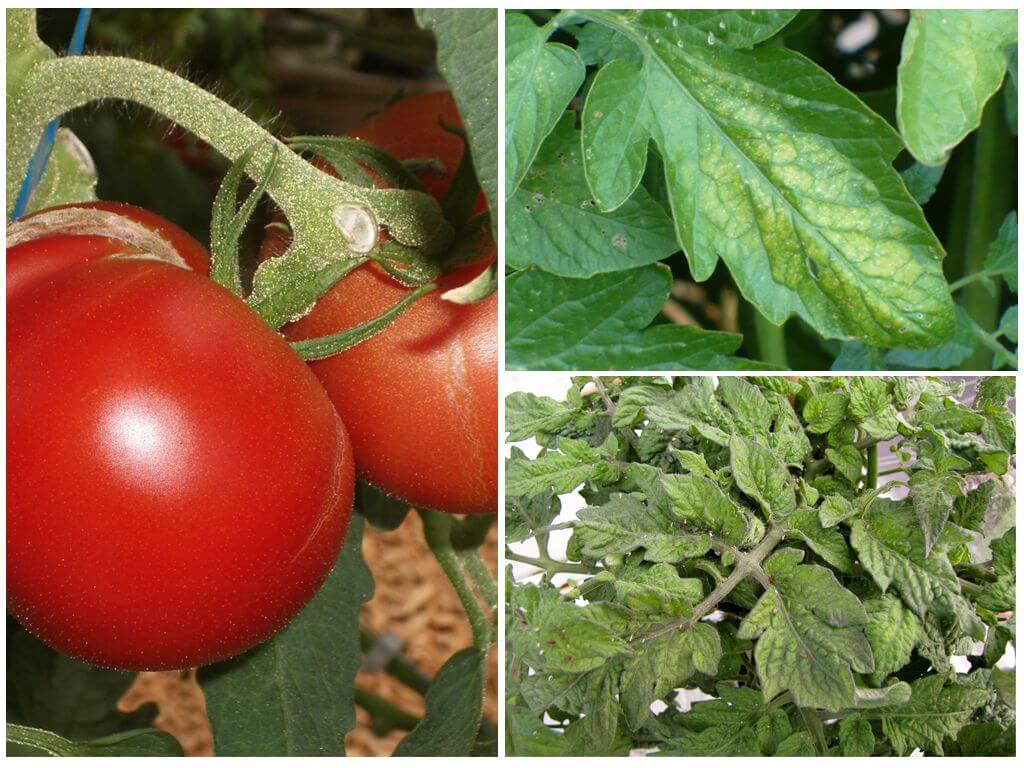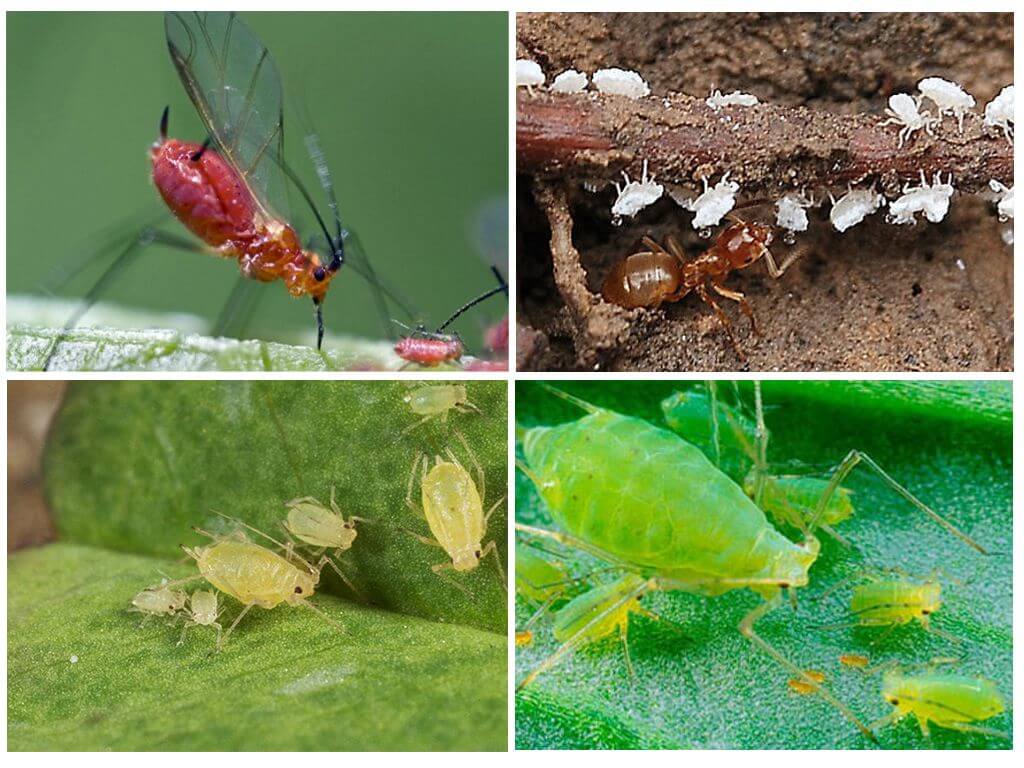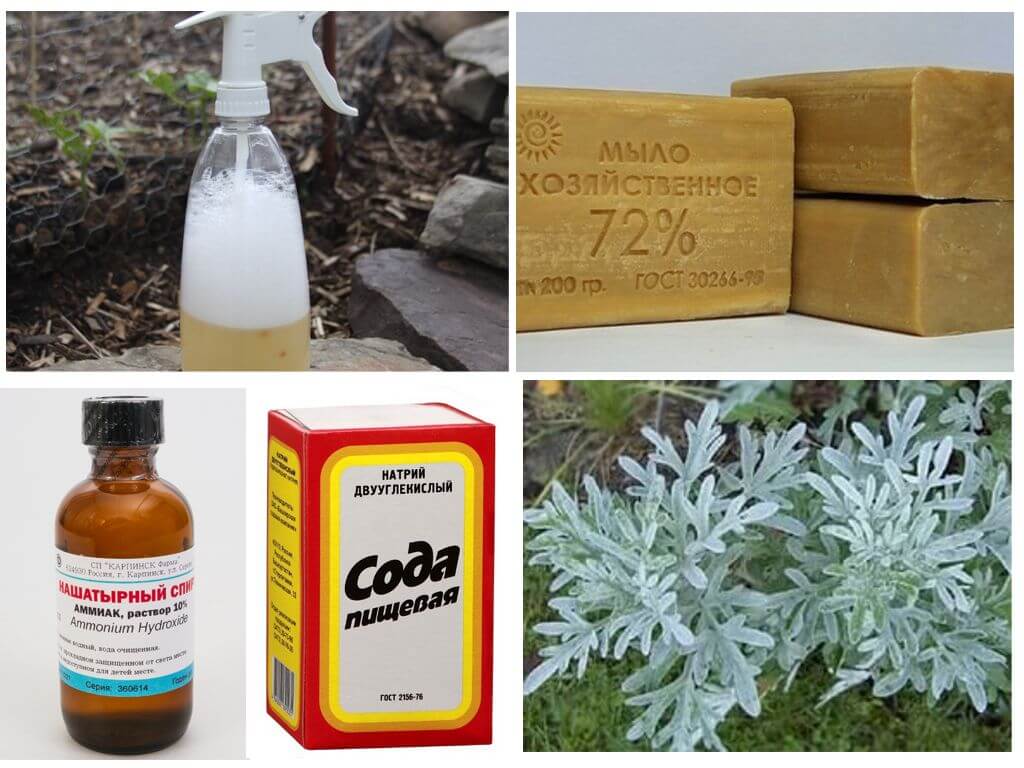Aphids on tomatoes - what to process and how to fight
Content
- Aphids on tomatoes
- Types of aphids
- Folk remedies to combat aphids
In the early spring, amateur gardeners begin their troubles in home gardens and vegetable gardens: prepare the soil for sowing, apply fertilizer, prune trees, grow sprouts. But worries do not stop even when all the necessary preliminary work is completed and it is time to land. If you decide to grow a good crop of tomatoes, then you need to know that lush,fragile seedlings require even more attention. Young, juicy, green stalks at any time can be attacked by such a parasite as aphid. A small insect can quickly destroy the fruits of all your labors. In order to preserve the crop, you need to know how to deal with aphids on tomatoes.
General information about the pest
Aphids belong to the insect superfamily, the order of beetles. More than three thousand species are known, some of which inhabit Europe. Size ranges from 2 to 7 mm. The insect has a proboscis, which pierces a leaf or a plant. It feeds on vegetable sap, releasing a sweet liquid - a drop, which attracts ants and other insects. In all species there are winged and wingless individuals.
The pest appears in spring from the larvae hatched from eggs laid on the host plant in the fall. After molting, the larvae, feeding on the sap of young shoots, begin to multiply, producing wingless females.
On a note!
These insects in one month can reproduce three generations, numbering more than a hundred thousand individuals. When the stems of young plants become rigid, the winged aphid appears, which flies to another place and the reproduction process repeats again.
Signs of infection
Despite the fact that the tomato topper itself is a remedy for aphids and other pests, it does not stop the insects, they settle on the bottom of the succulent leaves, stalks of soil and greenhouse plants. The first symptoms indicating that aphid appeared on tomatoes include the following criteria:
- deformation of leaves, ovaries and shoots, they dry, begin to crumble;
- the appearance of sticky dew on bushes and tomatoes, a large accumulation of ants around the plants;
- stopping the growth of tomato.
If tomatoes are attacked by aphids, when the fruits have ripened, then the pests will not be able to cause any damage. But, not to fight during the flowering with the aphid colony appeared - it means losing the entire crop. Aphids on tomatoes in the greenhouse can ruin and cucumbers that are planted nearby.
Types of parasites
Tomatoes and cucumbers parasitize several types of insects. Although the aphid looks different, the result of its activities is always the same - the death of the crop. The main pests that settle on tomatoes include:
- potato;
- root (white);
- peach;
- melon
Potato aphid has a size up to 4mm. The color of the wingless calf is red or green.Winged individuals are painted in a light green color. The danger of this species is that they damage tomato bushes everywhere: in the open field and in greenhouses.
Root or white aphid on seedlings of tomatoes appears from the top layer of soil, where it successfully hides until the right moment. The translucent, small pear-shaped body is difficult to see in the ground, since the pest’s pinkish or brownish color merges with the ground. The insect damages the stem at the base, thus blocking the supply of nutrients and water to the top. The plant dries and dies. Root aphid eggs remain to winter in the ground.
Gourd aphid - very small, up to 2 mm in size. Wingless individuals have a color from light green to dark green, winged ones are black-green. They are active in greenhouses at the beginning of summer, and on open ground in July and August.
Peach aphid (greenhouse, tobacco) - causes significant damage to tomatoes growing near peach trees. In the summer, when the population grows, it moves to another type of plant - tomatoes. By the end of the summer, it returns to its original place, where it remains to spend the winter.
On a note!
Not only tomatoes are affected by these insects. Green aphid lives on apples. The grapes were chosen by the red aphids. Under favorable environmental conditions, these pests attack any vegetable crops, fruit and berry bushes and fruit trees.
If somewhere in the garden or garden aphid appeared, you should immediately begin to fight this scourge, otherwise the whole territory will become the living space of this pest.
Insect Controls
Before carrying out any activities, it is necessary to decide: how to process tomatoes from aphids. There are several methods of fighting insects:
- Physical. It involves viewing each leaf, manually destroying the larvae and adults. You can get rid of aphids on tomatoes by washing the leaves with water from a hose. You need to repeat this procedure for several days in a row.
- Biological. It consists in attracting to the site birds (sparrows, tits, hummingbirds) who eat the aphids, setting up the drinkers. Use ladybugs, cleansing plants from parasites. Flies, wasps, gold-eyed eyes, too, will gladly take part in the feast on your site, destroying the voracious pests.Thus aphids can be removed in a few days.
- Chemical. Specially designed insecticides in order to bait aphid. If the territory of the site or garden is small, then you can fight with parasites by folk methods. It is more environmentally friendly and the soil remains clean. But on a large scale it is impossible. In this case, you have to fight chemistry.
Very popular folk remedies, involving the use of a combination of different substances and decoctions of plants.
- One of the popular folk methods is ash solution, which destroys aphids, protects the plant from diseases and is good feeding for it. Spray the tomatoes with this agent in the evening in dry weather so that the leaves do not burn the sun and the rain does not wash the mixture from the bushes.
- Solutions of wormwood, garlic, pepper and celandine scare away aphids, as she does not like harsh smells. Spraying tomatoes with these broths will have to be done more than once, but they are completely safe for humans and the environment.
- Baking soda in garlic solution also used as a deterrent.Splash the tomatoes with this mixture should be in dry weather, otherwise everything will be washed away by rain.
- Ammonia in solution with water and laundry soap will not only relieve plants from aphids, but also serve as a good source of nitrogen fertilizer for tomatoes. Salve well absorbed by plants, especially it is needed cucumbers, onions and flowers. To say goodbye to parasites, you need to sprinkle tomatoes with this mixture several times.
- Tobacco Infusion, which can be prepared personally, has a strong smell, which insects do not like. They die or leave the plant. Spraying does not take much time, but effectively helps to cope with pests.
No less popular:
Drugs for aphids are called insecticides. They begin to act at any contact of the insect with the substance, penetrating through the skin or with food. The effect of the funds comes on the seventh day. Inta-Vir, Arrow, Fitoverm, Spark, Tanrek, Aktara.
Important!
Processing tomatoes from aphids with chemical preparations should be carried out before flowering, because decomposing, the constituent active ingredients emit harmful substances that can accumulate in the fruit.
Prevention
Whatever effective remedy for aphids is not invented, it still appears every year in the suburban areas. You can make decoctions, buy insecticides, but if you do not carry out preventive measures before planting, the fight against these small pests will be endless.
To prevent aphids on tomatoes, you need to take certain measures. They can not protect you 100 percent from uninvited guests, but significantly reduce the chance of their appearance.
- Seedlings grown at home should be carefully examined before planting in the ground for the presence of aphids. If parasites are detected, immediately treat the bushes with chemical or natural means.
- In the autumn, put a plot in order, burn all dry branches, grass, leaves, so that the eggs and larvae of aphids perished in the fire.
- Destroy the ant heaps, as they protect the insects and can transfer them to any plant.
- In the spring to plant garlic, onions, thyme, mint, to scare off the parasites smell.
- Do not apply much fertilizer to the soil.
- Regularly air greenhouses.
Following these simple rules, you can emerge victorious in the fight against the voracious, small, but so dangerous pest of gardens and gardens.











